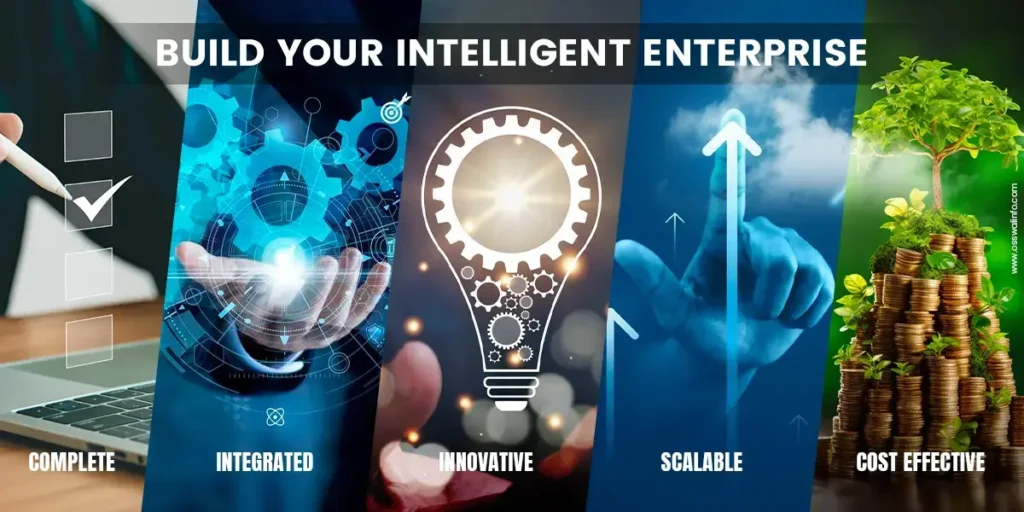Customer experience (CX) technology plays a pivotal role in today’s business landscape, guiding companies from customer acquisition through to retention. The SAP Business One ERP Solution is integrated with the CRM App thus enabling you to manage your customer-related tasks successfully from any location, at any time. Customer experience impacts retention Retaining current clients is beneficial in more ways than you would […]
Customer Experience Technology: From Acquisition to Retention Read More »


